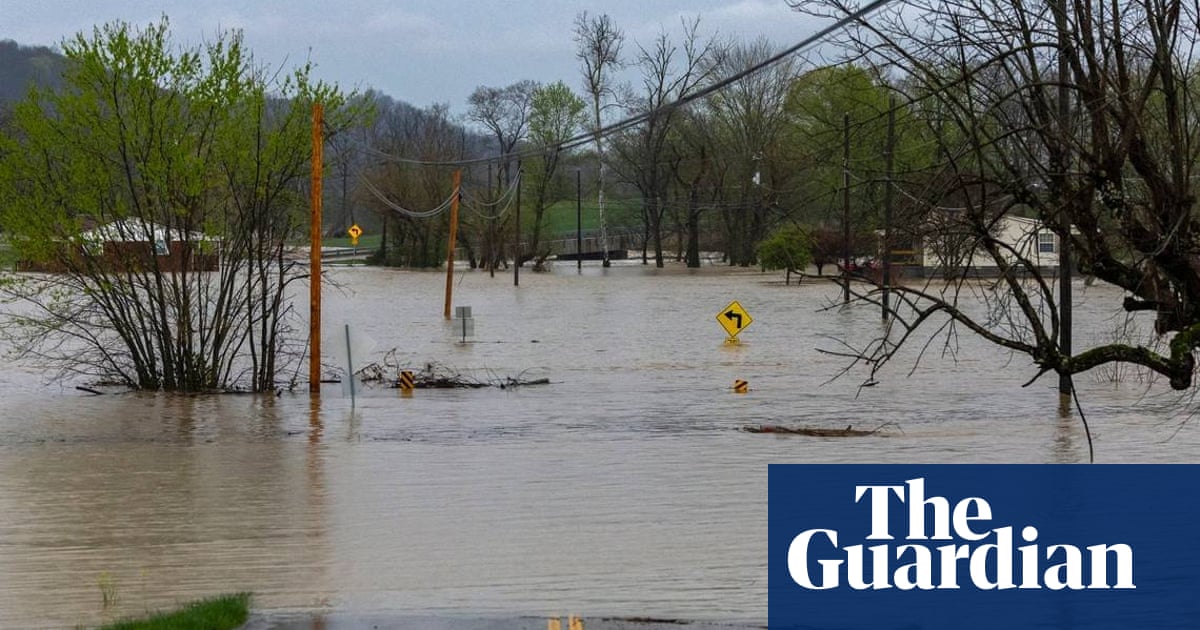Scientists are about to take part in a revolutionary mission aimed at creating detailed 3D maps of the world’s remotest, densest and darkest tropical forests – from outer space. The feat will be achieved using a special radar scanner that has been fitted to a probe, named Biomass, that will be fired into the Earth’s orbit later this month.
For the next five years, the 1.25-tonne spacecraft will sweep over the tropical rainforests of Africa, Asia and South America and peer through their dense 40m-high canopies to study the vegetation that lies beneath. The data collected by Biomass will then be used to create unique 3D maps of forests normally hidden from human sight.
Less than 2% of sunlight reaches the forest floor in these regions, yet Biomass will study them in unsurpassed detail from a height of more than 600km. More importantly, the mission will allow scientists to calculate how much carbon is stored in the forests and measure how levels are changing as humans continue to cut down trees in the tropics and increase carbon dioxide levels in the atmosphere.

In addition, Biomass – which has been built by a consortium led by Airbus UK and funded by the European Space Agency (Esa) – will map the sub-surface geology and topography of forest floors while it will also provide data about the rate at which biodiversity is being lost as forests are cleared for mining and agriculture.
“We need to know the health of our tropical forests,” Simonetta Cheli, director of Earth Observation Programmes for Esa, told the Observer last week: “We need to know the quality and diversity of its vegetation and the amount of carbon stored there. To get that information we are going to create 3D images of them – from the top of the forest canopy to the roots of its trees.”
Tropical forests play a crucial role in protecting the planet from some of the worst effects of global warming because they absorb so much carbon dioxide from the atmosphere: estimates suggest they take up about eight billion tonnes and are often described as the Earth’s green lungs.
But deforestation and environmental degradation are now reversing this effect. Carbon, once stored in vast amounts, is being put back into the atmosphere, adding to growing levels of greenhouse gases. Hotspots include northern regions of South America, sub-Saharan Africa, south-east Asia and the Pacific where increased production of beef, soya, coffee, cacao, palm oil and timber are triggering widespread deforestation.
Quantifying the problem is essential for forecasting what is going to happen to Earth’s climate in coming years, said Bjorn Rommen, mission scientist for the Biomass project: “We don’t properly understand what changes are now taking place, partly because we do not have accurate estimations of carbon levels in these forests. Biomass is going to help us to get a better grip on those numbers.”
Biomass is scheduled to be launched from Esa’s spaceport near Kourou in French Guiana on 29 April on a VegaC rocket and will carry a radar known as a P-band synthetic aperture radar. Its use of long wavelength signals will allow it to peer down through canopies in order to assess how much carbon is stored on the floor and branches of the trees in the world’s tropical forests and to assess how levels are changing. This type of radar has never been flown in space before and has required Biomass to be fitted with a giant 12m antenna which will be deployed as the spacecraft begins its sweep over the Earth.
after newsletter promotion
“What the mission will do, effectively, is weigh the forests it studies,” said the leader of the Biomass science team, Prof Shaun Quegan, of Sheffield University. “We know half that weight must be made up of carbon. So we are going to be able to weigh the carbon content of the world’s tropical forests from space and, crucially, work out how much these are changing over time. We will then know the balance of carbon that is flowing to and from the atmosphere. That is enormously important.”
This point was backed by Cheli. “We need to be able to predict what the Earth will look like as temperatures rise. So we are going to integrate its data with AI and with other digital elements of machine learning and that will tell us what is likely to happen in future. It will tell us what we are up against.”

.png) 15 hours ago
3
15 hours ago
3













































